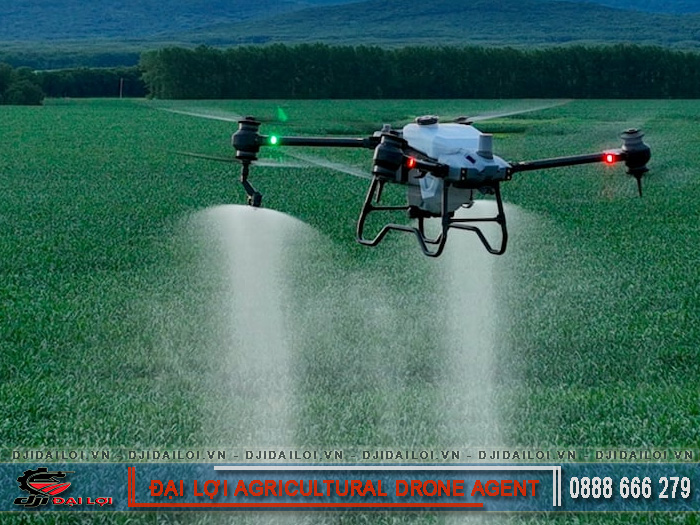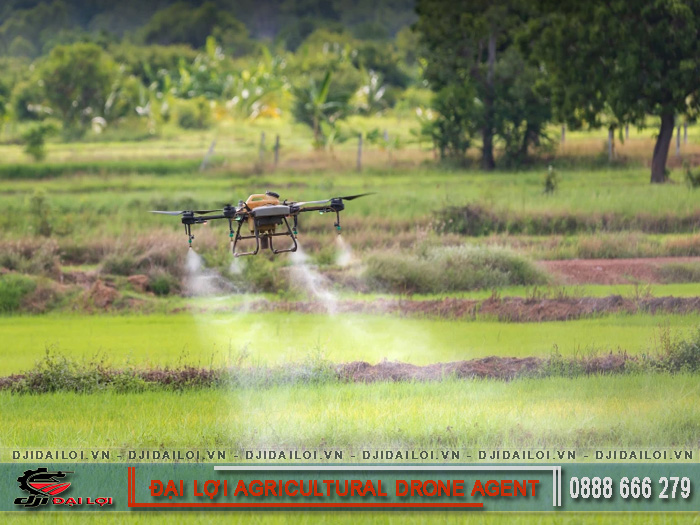
Before takeoff, each drone flight isn’t just a technical task but a balance between safety, effectiveness, and cost. In dynamic field conditions involving weather, chemicals, and varying operator skill levels, mastering the flight process is essential. Failure to follow correct procedures can lead to equipment damage, chemical waste, or safety hazards.
Key safety steps include:
Proper preparation protects your equipment, ensures operator safety, and helps optimize chemical usage.
Some may think owning a drone is all it takes to get started. In reality, operational efficiency relies on synchronizing hardware, software, and the operator’s knowledge. Incomplete or incorrect setup can lead to inaccurate spraying, clogs, or equipment failures.
When well-prepared with the right tools and knowledge, drone operators can manage flights effectively and avoid unexpected issues in the field.
Operating a spray drone is not like using a handheld sprayer. It requires precision, technical compliance, and emergency handling skills. Each step - from setup to flight to post-operation care - directly affects performance and cost-efficiency.
Follow these 6 steps to operate safely and effectively:
Check the battery, spray lines, nozzles, GPS, and sensors. Inspect the propellers, body frame, and screws - especially after rugged use. Tip: Use a pre-flight checklist to avoid missing anything.
Always follow the recommended dilution rates from both the pesticide label and drone manufacturer. Overconcentrated mixtures may clog nozzles or damage motors. Stir the solution well before filling the tank.
Use flight apps to draw the field map, enter flight speed (5–7 m/s), altitude (2–3 m), and dosage (liters per hectare). Avoid manual flight unless necessary. Save routes for future reuse.
Once ready, take off and monitor in real-time. Stay at least 10 meters away from the drone. Be ready to switch to manual mode in case of errors. Regularly check battery status.
Land on flat ground, unplug the battery, and clean the tank, nozzles, and propellers with clean water. Dispose of excess chemicals properly.
Remove and clean nozzles, dry sensors, and store the drone in a dry, shaded area. Check flight logs, update firmware regularly. This extends equipment life and ensures reliability.
Each step contributes to safer operations, reduced chemical usage, and higher agricultural output.

While drones offer convenience and efficiency, over 35% of drone-related incidents are caused by operator errors. Misjudging weather, overloading tanks, ignoring battery levels, or skipping maintenance can lead to costly or dangerous outcomes.
Key risks and mistakes to watch for:
Preventive tips: Always check weather, maintain equipment, read labels carefully, and train all operators. A small investment in safety goes a long way.
After each spraying session, the most important question is: Was it effective? Evaluating results ensures better outcomes, optimized chemical use, and safer crop yields.
Look for these signs of successful drone spraying:
Use before–after comparisons or review spray logs to assess area coverage and chemical efficiency.
Not all drones suit all farms. Mismatched drones can waste money or underperform. Choosing the right model depends on crop type, terrain, and scale.
Buy from brands with local service centers in Vietnam, available spare parts, and remote tech support.
Factor in batteries, charging systems, software licenses, and maintenance. Price ranges from 80 to 300 million VND depending on specs.
Popular models: DJI Agras T10, T20P, T25P, T40, T50, T70P, T100 - always test on a small scale before major investment.
⇒ Using agricultural spray drones properly not only boosts productivity but also cuts costs and risks in farming. This guide has covered everything - from setup and operation to performance evaluation. If you're a farmer or technician exploring drone tech, start small, gain experience, and expand as needed.
Early morning or late afternoon, when winds are below 10 km/h and there’s no rain. Avoid peak sun hours to reduce chemical evaporation.
Mainly liquid types - insecticides, fungicides, bio-products, foliar fertilizers. Avoid powders as they may clog nozzles.
Depends on local regulations. Many regions require registration or permits, especially near populated areas.
10–25 minutes per battery, depending on drone model. That typically covers 0.5–1 hectare.
At least one skilled operator. It's best to have a helper for mixing chemicals, swapping batteries, and monitoring.
Yes. It's even better than manual spraying since drones avoid trampling seedlings and ensure even coverage.